UVB light therapy, also known as UVB phototherapy, is a highly effective treatment for various skin conditions, including psoriasis, vitiligo, and other disorders. By utilizing narrowband ultraviolet B (UVB) light, this therapy has become a go-to solution for many individuals seeking relief in the privacy of their own homes. This guide explores how to safely and effectively use UVB light therapy at home, ensuring optimal results while minimizing risks.
Understanding UVB Light Therapy
UVB light therapy involves the controlled exposure of skin to ultraviolet B light. Unlike UVA light, UVB penetrates the skin’s outer layers, targeting affected areas without the need for photosensitizing agents. Narrowband UVB phototherapy focuses on a specific spectrum of UVB light, enhancing its efficacy while reducing potential side effects.
Phototherapy is generally recommended for the treatment of psoriasis, vitiligo, and other persistent skin conditions. By reducing inflammation and slowing the growth of skin cells, UVB light therapy provides significant relief for many patients with psoriasis and related disorders.
Benefits of UVB Light Therapy at Home
- Convenience and Privacy: Home-based phototherapy eliminates the need for frequent clinic visits. You can undergo treatment at your convenience, in the privacy of your own home.
- Cost-Effectiveness: While initial investments in phototherapy equipment may be significant, the long-term savings compared to office-based phototherapy make it worthwhile.
- Customizable Treatment: Modern phototherapy devices allow for precise adjustments, ensuring optimal exposure tailored to your condition.
- Consistency: Consistent treatment is crucial for chronic conditions like psoriasis. Home phototherapy ensures you can adhere to your regimen without interruptions.
Getting Started with Home UVB Light Therapy
Step 1: Consult a Dermatologist
Before starting UVB light therapy at home, consult a dermatologist. A professional will assess your skin condition, recommend an effective treatment plan, and guide you on the safe use of home phototherapy units.
Step 2: Select the Right Phototherapy Equipment
Choose a phototherapy device designed for home use. These devices vary in size and functionality, from handheld lamps to full-body units. Ensure the equipment meets medical standards and includes features for narrowband ultraviolet B therapy.
Step 3: Understand Treatment Protocols
Dermatologists typically prescribe a treatment schedule based on your skin condition and its severity. For instance:
- Plaque or Guttate Psoriasis: Treatment often involves three to five sessions per week.
- Vitiligo at Home: Sessions may vary depending on the area and severity.
Follow the prescribed protocol diligently to achieve the best results.
Step 4: Prepare for Treatment
- Protect Sensitive Areas: Cover unaffected skin and sensitive areas, such as the eyes, with protective gear.
- Clean the Skin: Ensure the treatment area is clean and dry before using the light source.
- Set the Device: Adjust the phototherapy unit to the recommended settings for your specific skin disorder.
Step 5: Conduct the Treatment
- Position the device at the correct distance from the skin.
- Gradually increase exposure time as per your dermatologist’s advice.
- Avoid overexposure to minimize the risk of skin damage or increased skin cancer risk.
Step 6: Monitor and Adjust
Regularly evaluate the progress of your treatment. Keep a record of changes in your skin condition and discuss them with your healthcare provider to adjust your regimen if necessary.
Safety Tips for Home UVB Light Therapy
- Limit Exposure: Overexposure to UVB light can lead to burns and increase the risk of skin cancer. Stick to the recommended duration and frequency.
- Wear Protective Gear: Always use goggles to protect your eyes from ultraviolet light.
- Check for Side Effects: Monitor for signs of redness, itching, or discomfort. Discontinue use if severe reactions occur and consult a dermatologist.
- Regular Check-Ups: Periodic reviews with your healthcare provider ensure the safety and effectiveness of your treatment.
Conditions Treated with UVB Light Therapy
UVB light therapy is widely used to treat various skin conditions, including:
- Psoriasis: Narrowband UVB phototherapy is an effective treatment for psoriasis, reducing plaques and inflammation. It is particularly beneficial for plaque psoriasis and chronic plaque psoriasis.
- Vitiligo: By stimulating melanocyte production, UVB therapy helps restore pigmentation in affected areas.
- Eczema and Other Skin Disorders: Phototherapy provides relief by reducing inflammation and itchiness
Types of Phototherapy
- Narrowband UVB: The most common and effective form of phototherapy for conditions like psoriasis and vitiligo.
- Broadband UVB: Used less frequently but still effective for some skin conditions.
- Combination Therapy: Sometimes combined with topical treatments for enhanced results.
Advantages and Risks of Home-Based Phototherapy
Advantages
- Accessibility: Home phototherapy for psoriasis and vitiligo allows patients to treat skin conditions without frequent clinic visits.
- Comfort: Enjoy treatment in a familiar environment, improving compliance with therapy for psoriasis.
- Customization: Adjust settings to match your specific needs, including the use of narrow-band ultraviolet B home devices.
Risks
- Increased Skin Cancer Risk: Prolonged or improper use of UVB light therapy may increase the risk of skin cancer.
- Side Effects: Temporary redness, itching, or irritation may occur.
- Potential for Misuse: Without proper guidance, there’s a risk of overexposure or under-treatment.
Comparing Home and Clinic-Based Phototherapy
- Home Phototherapy: Offers convenience and cost savings but requires discipline and proper knowledge.
- Office-Based Phototherapy: Provides professional supervision, making it ideal for severe psoriasis or patients with complex needs.
Maintaining Your Phototherapy Device
Regular maintenance ensures the longevity and effectiveness of your phototherapy unit. Clean the device after each use and periodically check for any damage or wear.
Final Thoughts
UVB light therapy is a transformative option for treating chronic skin conditions like psoriasis and vitiligo. When used responsibly, it offers a safe and effective treatment for psoriasis and other disorders in the comfort of your home. Always prioritize safety, follow your dermatologist’s guidance, and monitor your progress to achieve the best results.
Turn self-care into a pleasure and enjoy visible results after the first procedures with an electric mask for removing wrinkles! You can buy this device at the best price in our online store.
Key Takeaways
- UVB light therapy is an effective treatment for psoriasis, vitiligo, and other skin conditions.
- Home-based phototherapy offers convenience, privacy, and cost savings.
- Always consult a dermatologist before starting UVB therapy.
- Use protective gear and follow prescribed treatment protocols to minimize risks.
- Regularly monitor your progress and maintain your phototherapy equipment.
By understanding and implementing these guidelines, you can confidently undertake UVB light therapy at home, improving your skin health and overall quality of life.

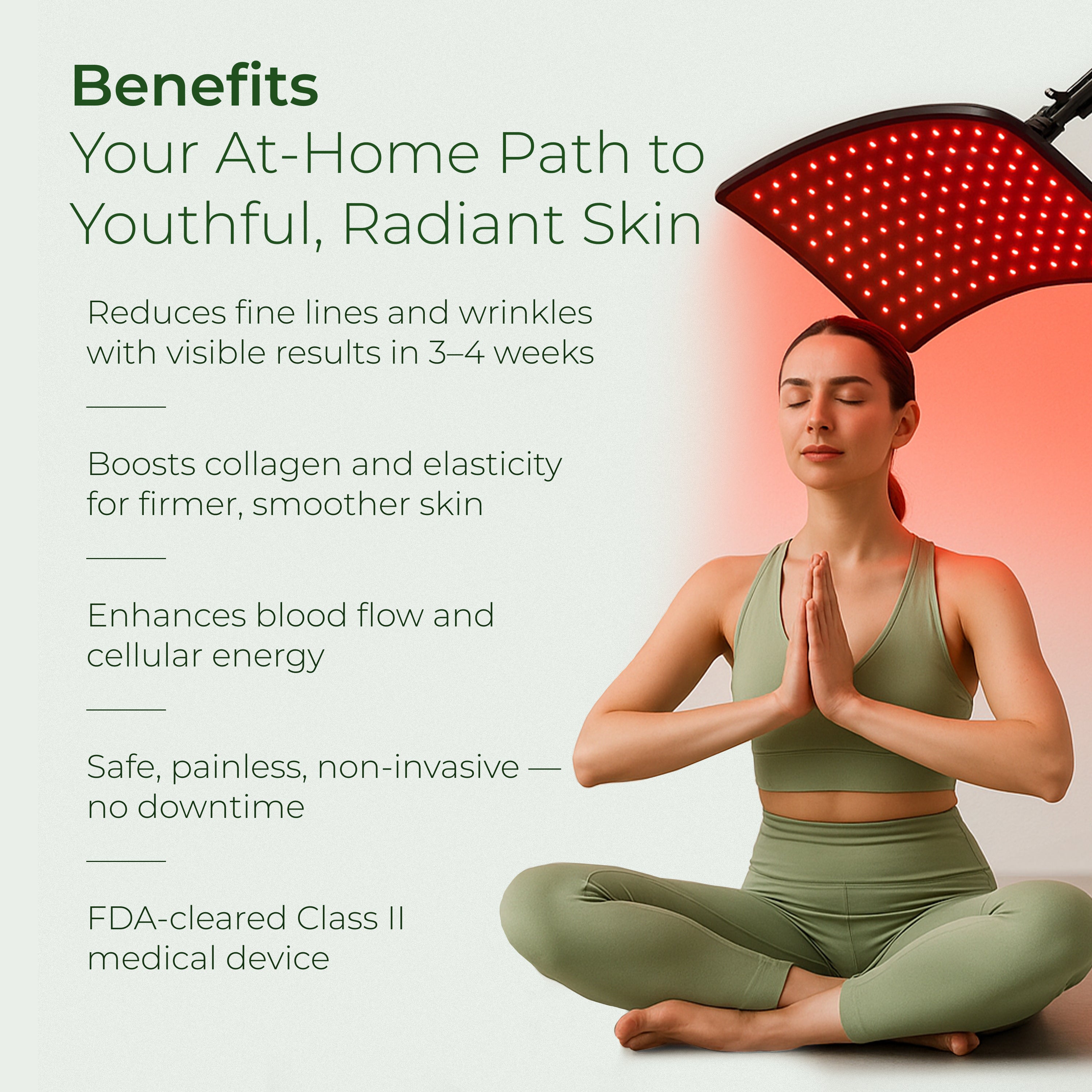
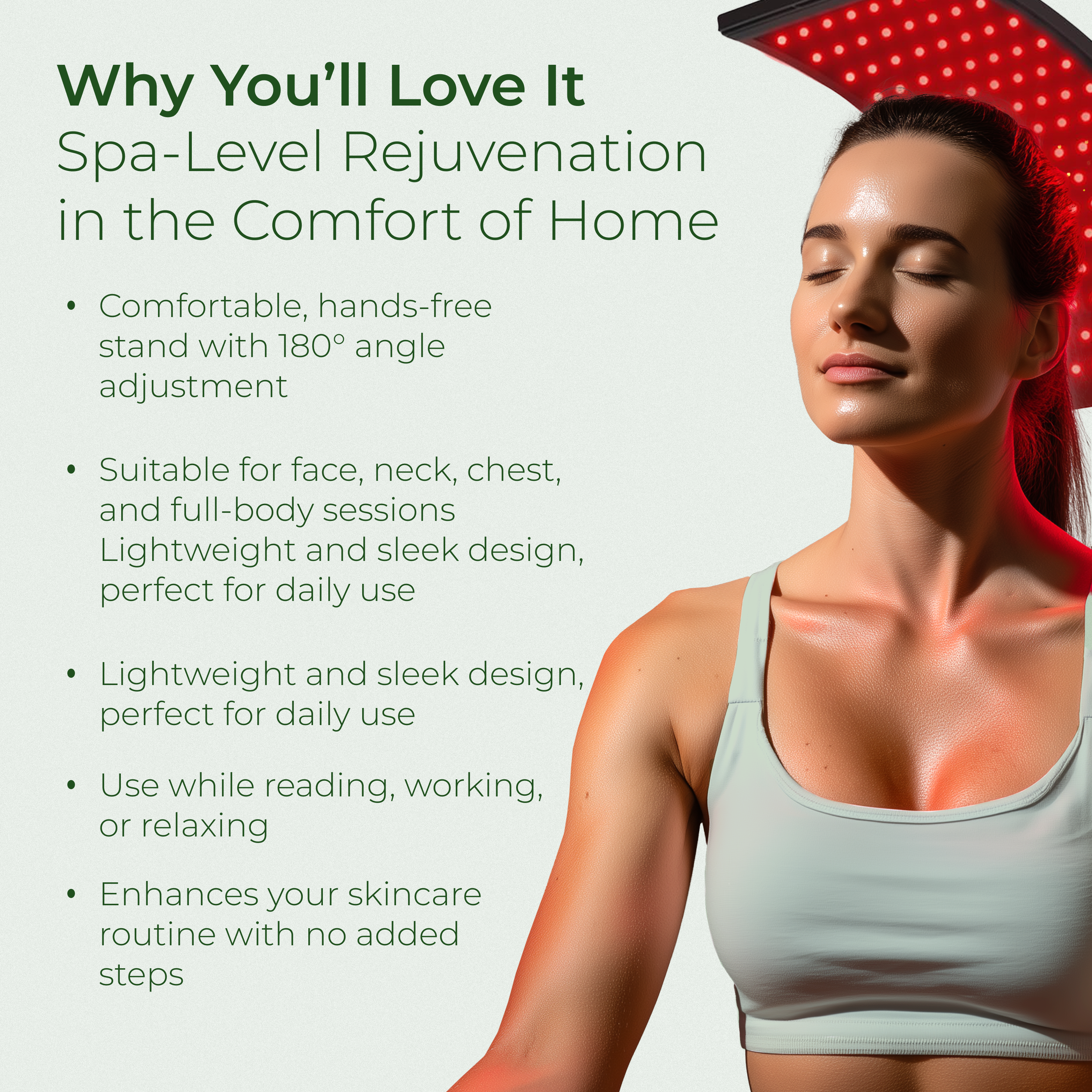
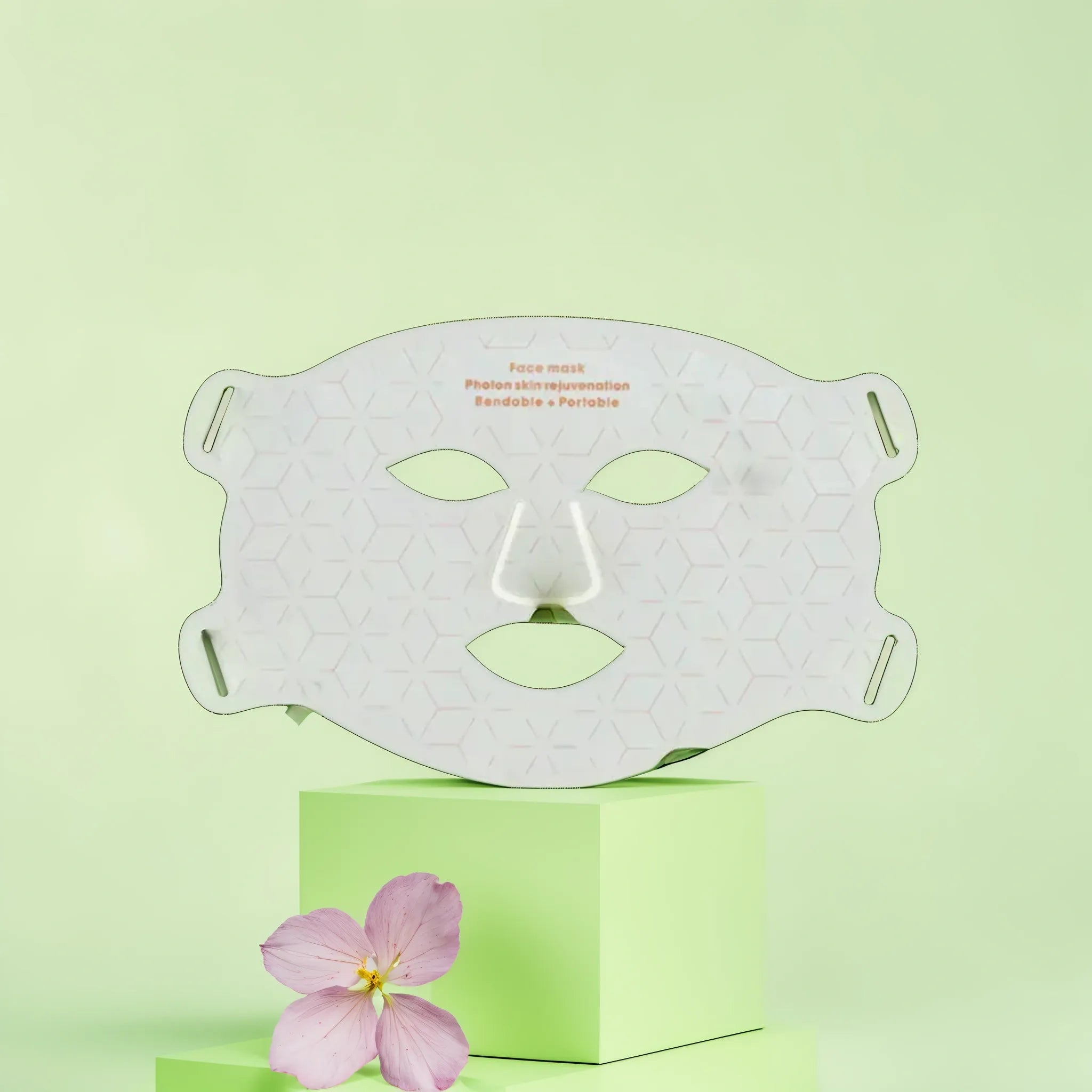
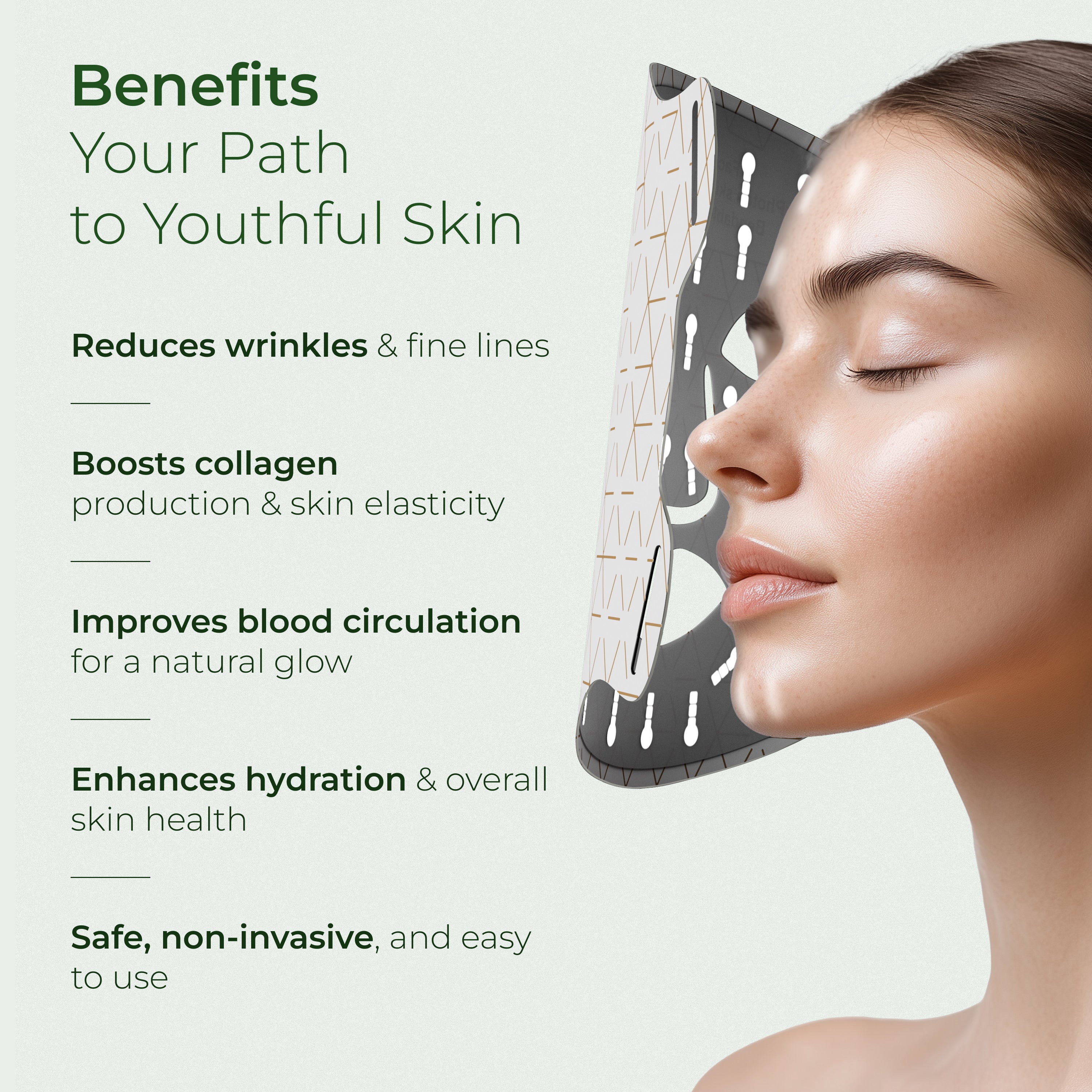


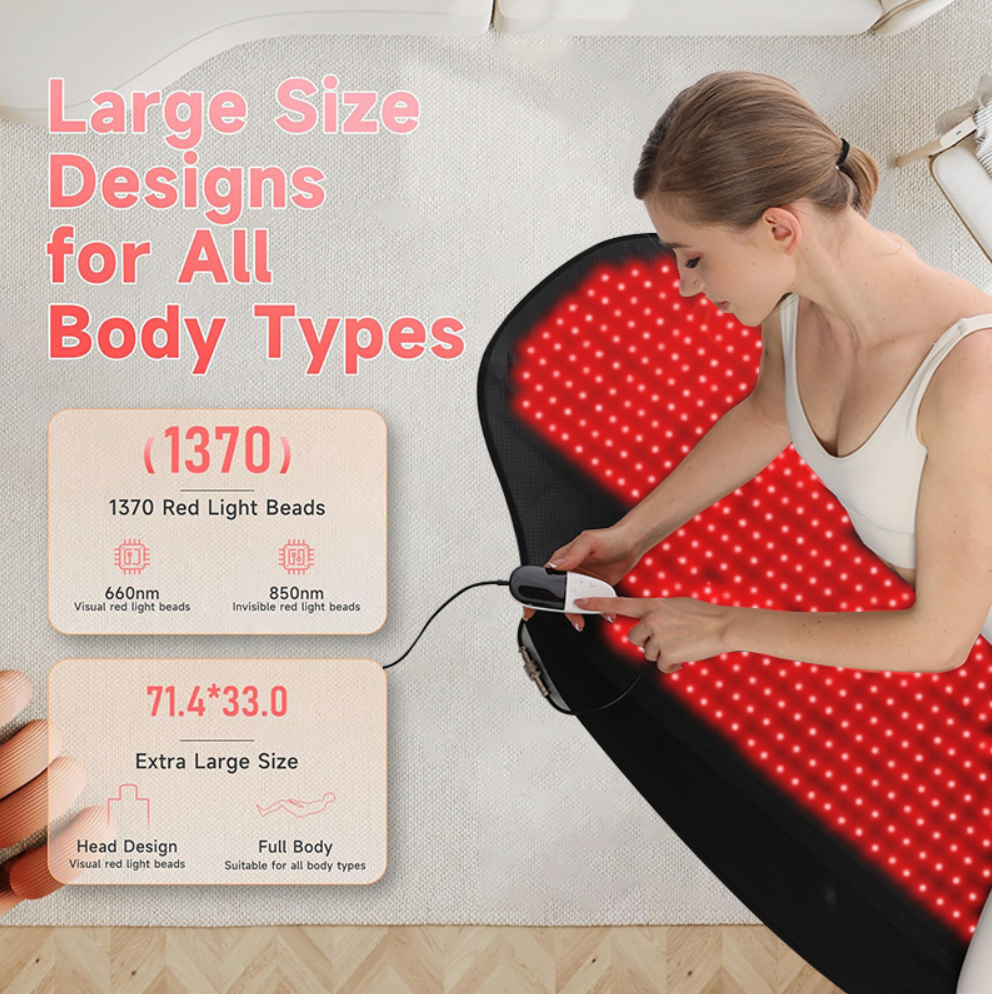
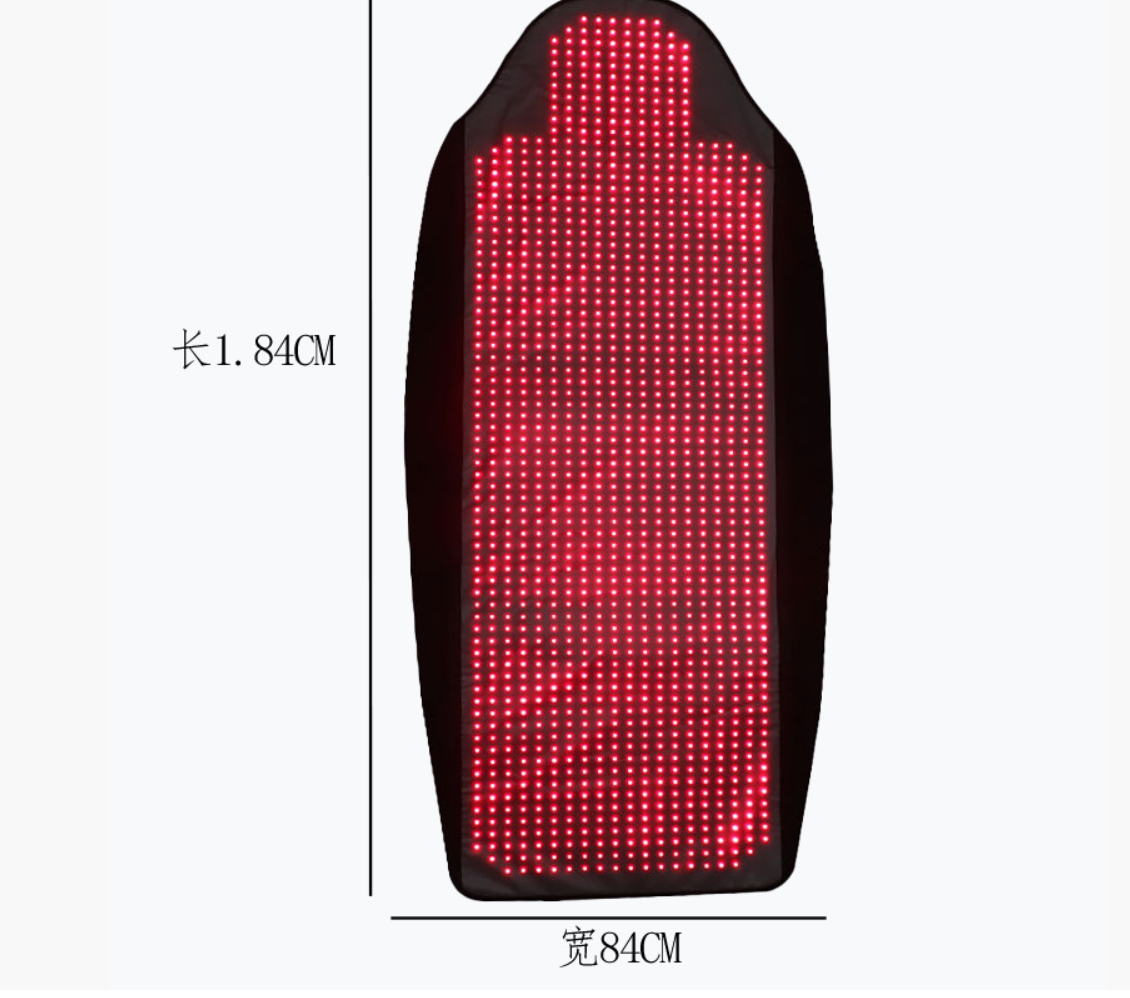
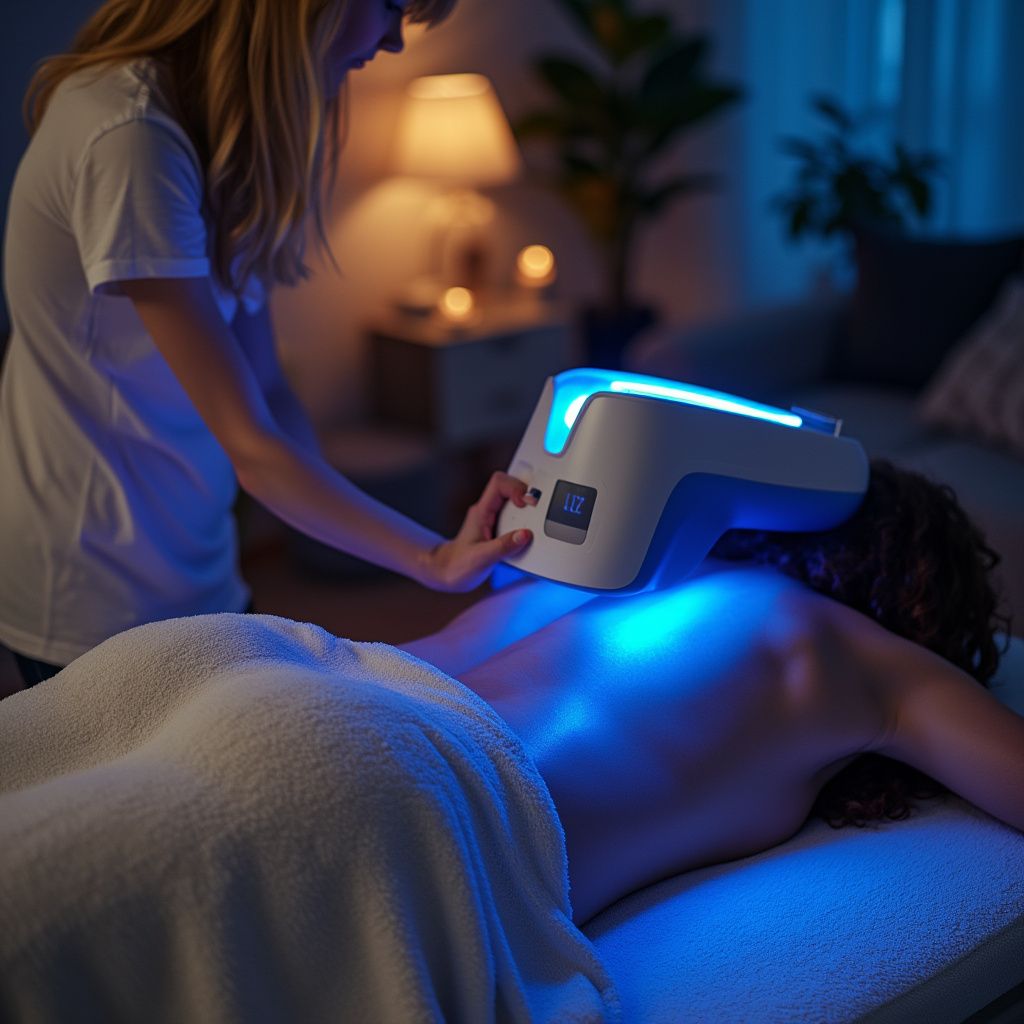
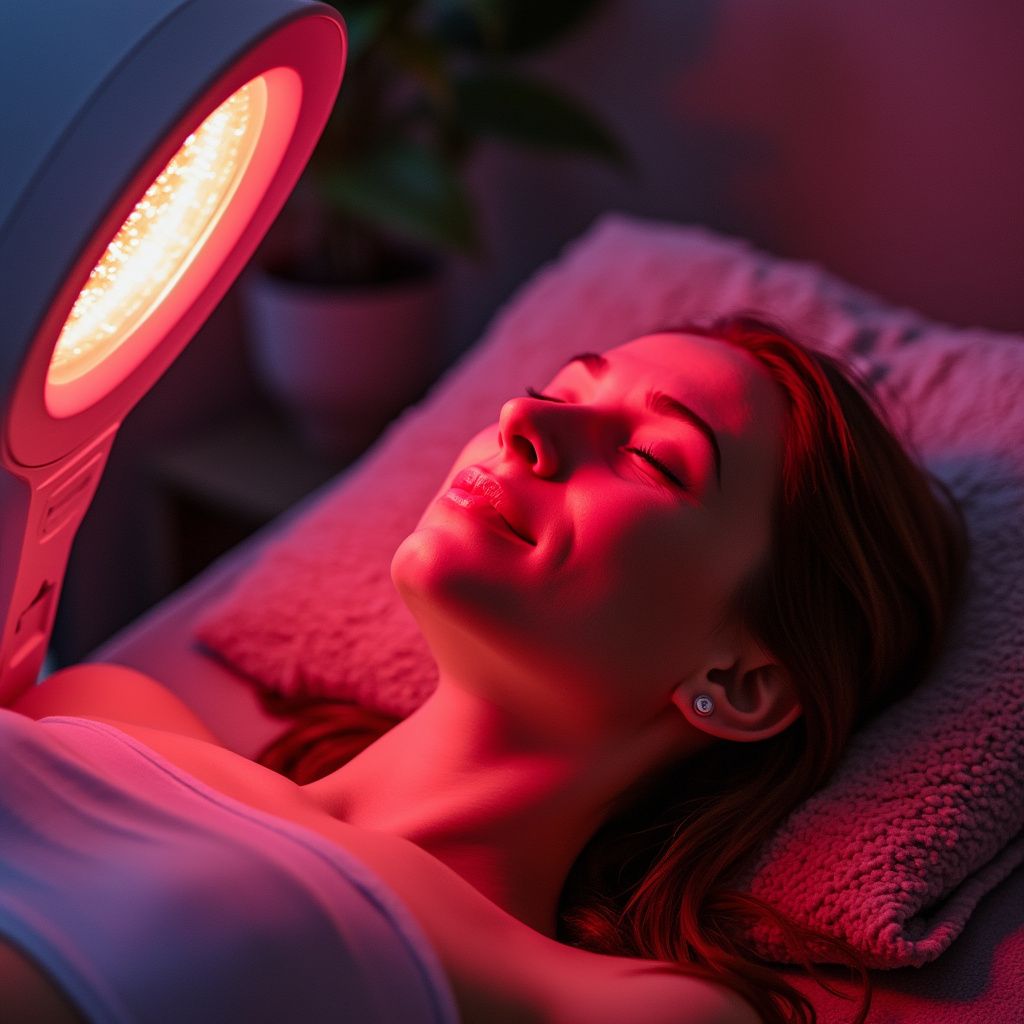
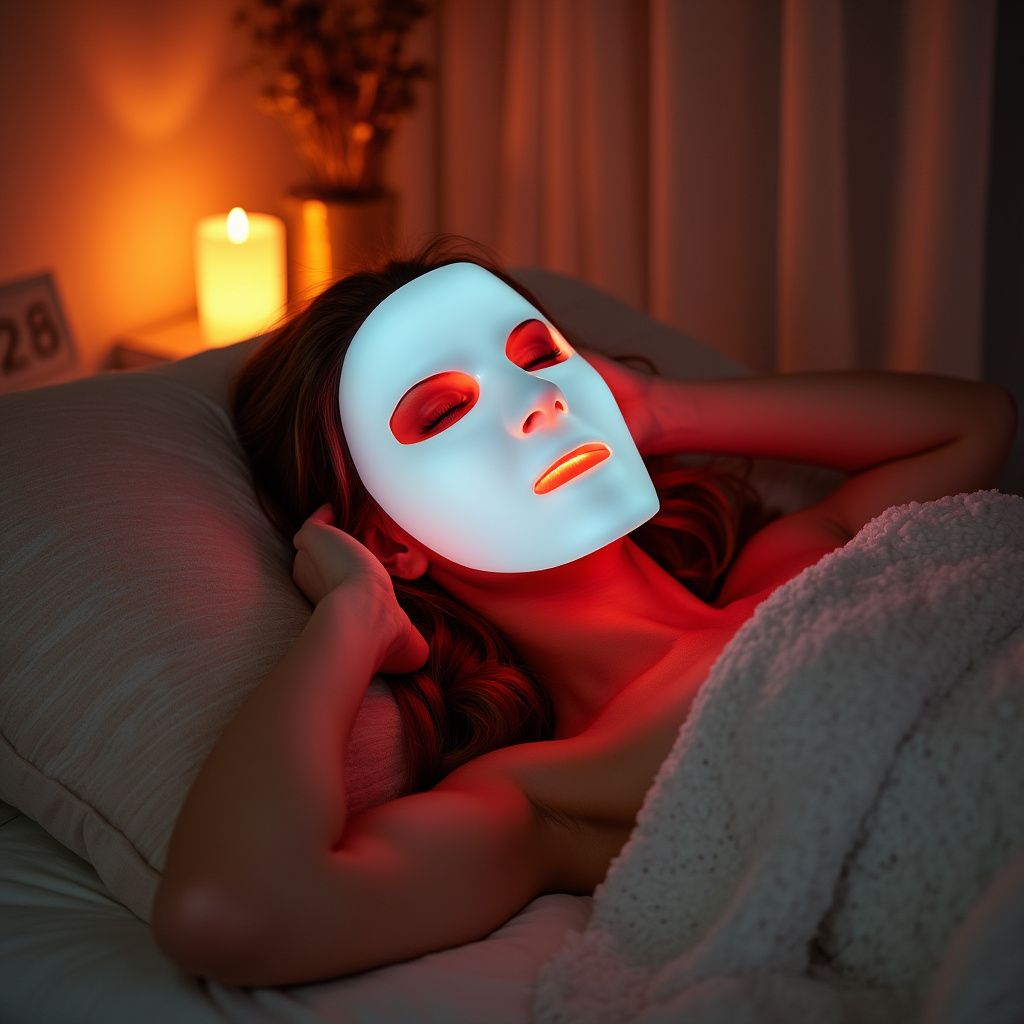
Laisser un commentaire
Ce site est protégé par hCaptcha, et la Politique de confidentialité et les Conditions de service de hCaptcha s’appliquent.